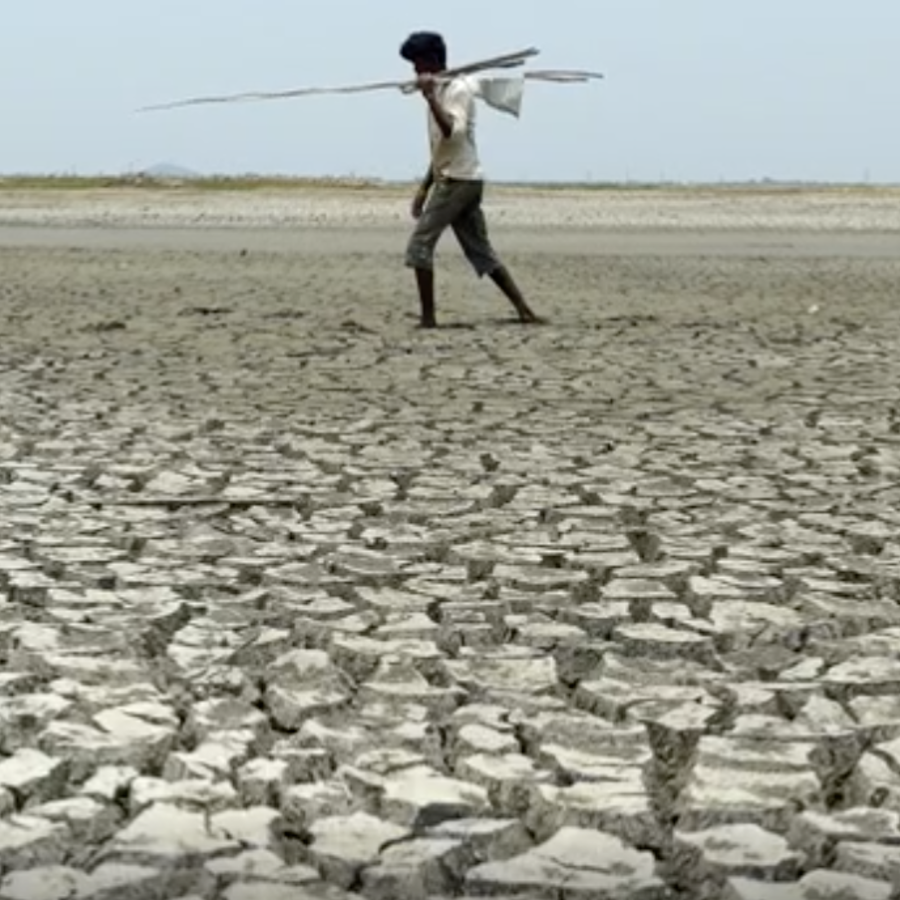
Climate Change: How Doomed Are We? | Above the Noise
Duration: 60 minutes
Grade Levels: 6-12

Climate change is THE existential question that humanity is facing. But are we too late? Has climate change reached the point of no return? Are we doomed?
Grade Levels: 6-12
Duration: 60 minutes
Concepts/Skills: Science, Earth and Space Science, Global and Regional Climate Change, Human Impacts on Earth Systems, Natural Hazards, Environmental Consequences of Global Climate Change, Global Warming, Impacts, Mitigation and Adaptation Strategies
Objectives:
- Analyze information about the effects of climate change and what we are doing to take on this issue
- Evaluate and present arguments to support their mindset about our ability to take on climate change KQED Learn
- Create a meme demonstrating why they have either an optimistic or pessimistic mindset about our ability to take on climate change.
Climate Standards Connections
| Next Generation Science Standards | ||
| Grade | Performance Expectation | Description |
| 9-12 | HS-ESS3-1 | Construct an explanation based on evidence for how the availability of natural resources, occurrence of natural hazards, and changes in climate have influenced human activity. |
| Climate Change Connections | changes in climate | |
| Clarification Statement & Assessment Boundary | Examples of key natural resources include access to fresh water (such as rivers, lakes, and groundwater), regions of fertile soils such as river deltas, and high concentrations of minerals and fossil fuels. Examples of natural hazards can be from interior processes (such as volcanic eruptions and earthquakes), surface processes (such as tsunamis, mass wasting and soil erosion), and severe weather (such as hurricanes, floods, and droughts). Examples of the results of changes in climate that can affect populations or drive mass migrations include changes to sea level, regional patterns of temperature and precipitation, and the types of crops and livestock that can be raised. | |
 Skip Navigation
Skip Navigation

